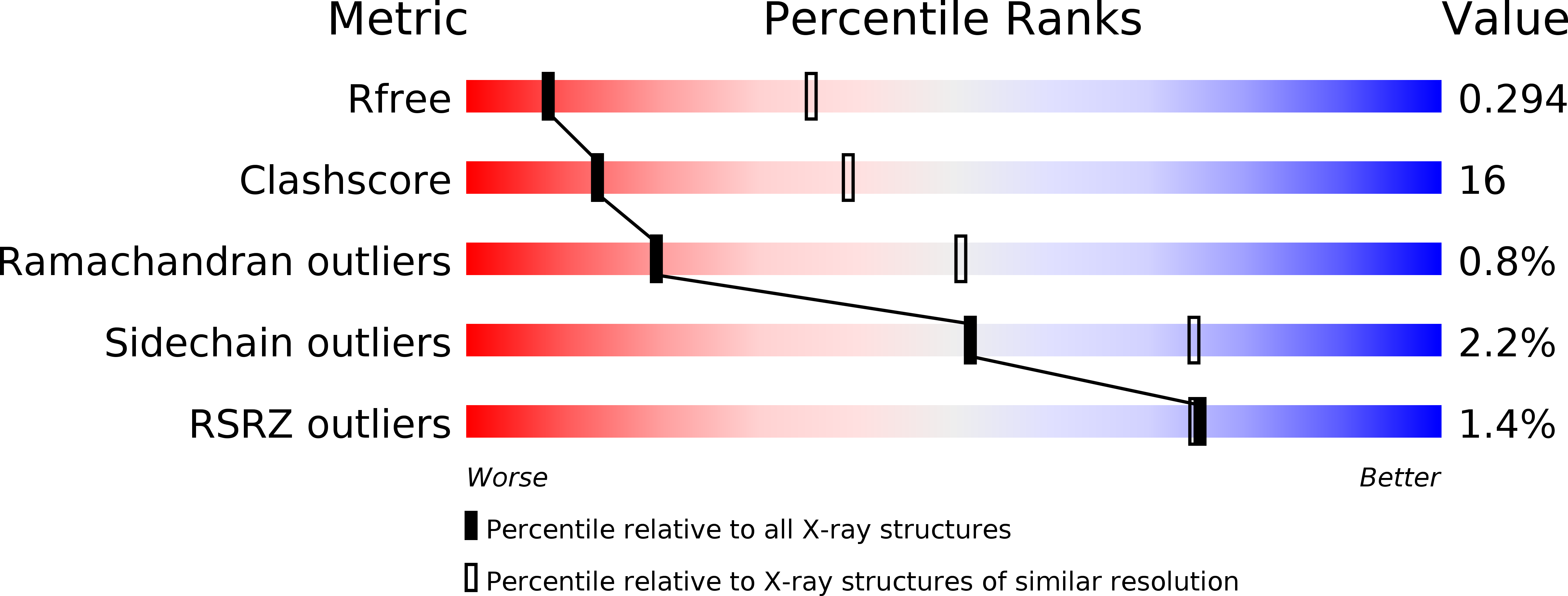
Deposition Date
2018-04-04
Release Date
2019-04-03
Last Version Date
2024-05-08
Method Details:
Experimental Method:
Resolution:
3.30 Å
R-Value Free:
0.29
R-Value Work:
0.24
R-Value Observed:
0.25
Space Group:
C 1 2 1


